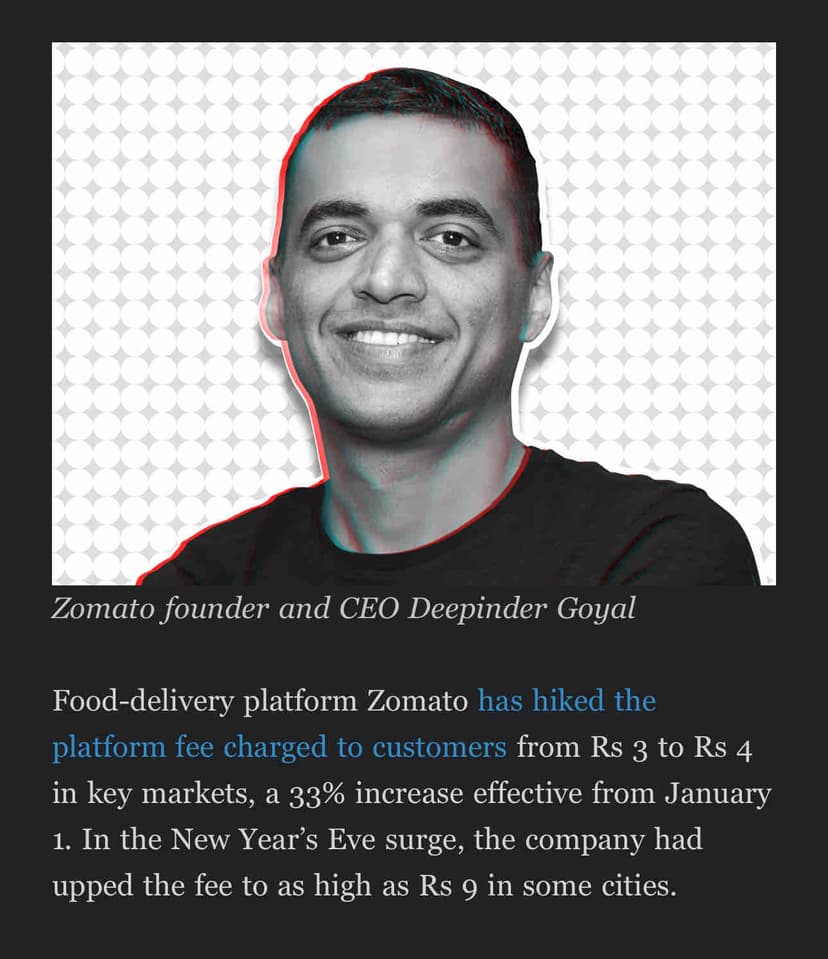Simply put, the 'unit economics' of some of these business i.e cost to deliver one meal are not profitable.
The general idea was that with enough demand (users) and supply (taxis, restaurants), the cost of running the service delivery would go down.
But it turns out that costs only go up on the supply side when the business spends to aquire new users.
Possible to make these businesses profitable if they charge more fees to users and suppliers, covering the deficit. However, doing so causes users/suppliers to churn and increase fraud.
Once unit economics are positive, they need to also work on making sure they have an overall profit margin considering other business overheads.
Once that is done, the business can pay back it's loans and perhaps even it's investors.










